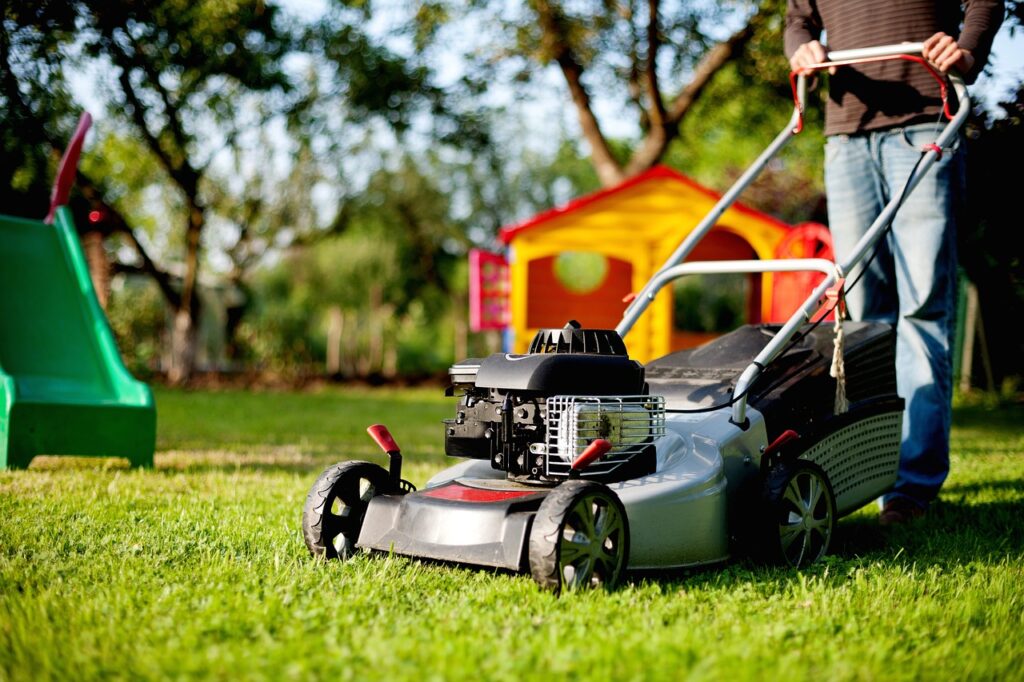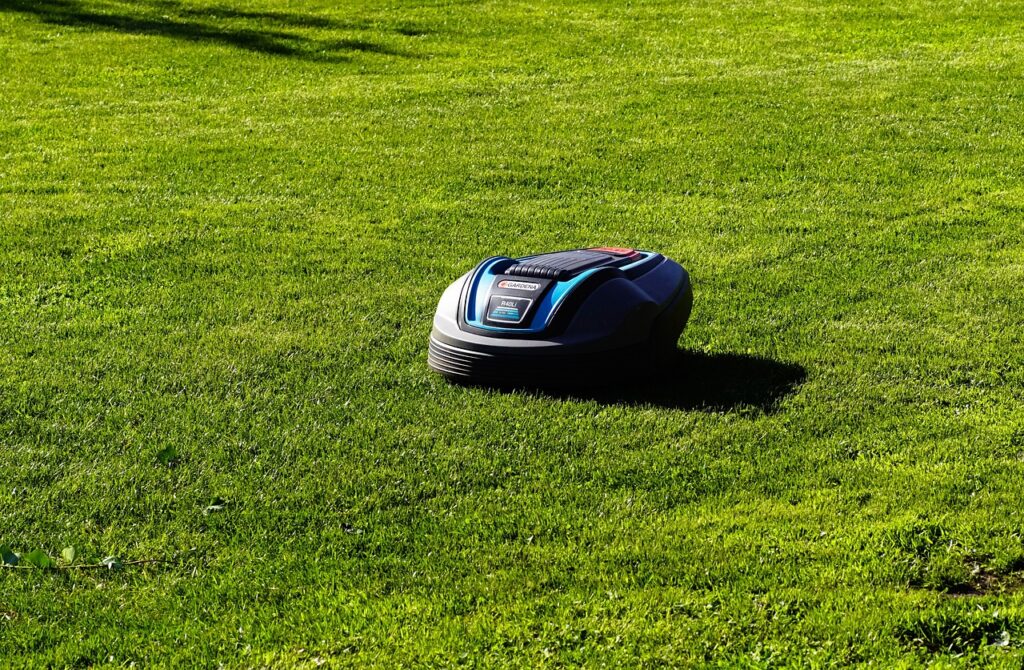Introduction
Maintaining vegetation in solar farms and industrial sites requires more than standard lawn care—it demands industrial-grade mower blades that can handle large areas, complex terrains, and heavy vegetation. Choosing the right blades ensures efficient mowing, reduces maintenance costs, and keeps photovoltaic (PV) arrays or industrial grounds clean and safe.
In this guide, we explain the types of blades suitable for industrial and solar farm mowers, how to select the right ones, and tips for proper maintenance to maximize performance and longevity.
Factors to Consider When Choosing Industrial Mower Blades
1. Vegetation and Grass Type
Different vegetation types in industrial or PV sites require specific blade designs:
-
Mulching blades: finely chop grass clippings and return nutrients to the soil, ideal for moderate growth areas.
-
High-lift blades: generate strong suction to stand thick grass upright, perfect for overgrown or dense vegetation.
-
Gator blades: lift and shred taller plants efficiently, useful for clearing uneven terrain or heavy weeds.
2. Site Size and Terrain
-
Large solar farms or industrial grounds: require blades that work efficiently with remote-controlled or robotic mowers, covering wide areas per charge.
-
Complex terrains and slopes: choose crawler-compatible blades with higher lifting power to handle inclines up to 40° and vertical obstacles up to 15 cm.
3. Mowing Frequency
-
Regular maintenance allows mulching blades to recycle clippings.
-
Less frequent mowing or overgrown vegetation calls for high-lift or specialty blades for stronger cutting performance.
4. Desired Finish
-
Professional, uniform finish: high-lift blades stand grass upright for precise cuts.
-
Natural, nutrient-returning finish: mulching blades recycle clippings into the soil.
Types of Industrial Mower Blades
| Blade Type | Best For | Advantages |
|---|---|---|
| Mulching Blades | Regular mowing, moderate growth | Recycles clippings, low debris, eco-friendly |
| High-Lift Blades | Thick or overgrown grass | Strong suction, precise cut, lifts vegetation upright |
| Gator / Specialty Blades | Uneven terrain, tall weeds | Efficient cutting, bagging capability, heavy-duty performance |
How to Measure and Replace Blades for Industrial Mowers
-
Measure Blade Length
Measure diagonally from tip to tip for accurate replacement sizing. -
Check Center Hole Size
Use calipers to confirm diameter and any specialized holes. -
Remove Old Blades Safely
Ensure mowers are powered off, with spark plug disconnected. -
Install New Blades
Match orientation and type. Secure bolts and wear gloves during handling.
Maintenance Tips for Industrial Mower Blades
-
Cleaning: Remove debris after each use; rinse and dry to prevent rust.
-
Sharpening: Keep blades sharp for efficient cutting; replace if worn or damaged.
-
Replacement: Replace blades every 1–2 years or sooner if bent, chipped, or cracked.
Proper maintenance improves safety, prolongs blade life, and ensures consistent performance for solar farm and industrial mowing.
Conclusion
Choosing the right industrial mower blades is essential for solar farms and large industrial sites. By considering vegetation type, site size, terrain, and mowing frequency, you can select blades that maximize efficiency, reduce labor costs, and keep PV arrays and industrial grounds in top condition.
Regular maintenance, including cleaning, sharpening, and timely replacement, ensures long-lasting performance and optimal mowing results.
FAQs: Industrial & Solar Farm Mower Blades
Q1: Which blades are best for dense solar farm vegetation?
A1: High-lift or gator blades efficiently lift and cut thick, overgrown grass.
Q2: Can mulching blades work in industrial sites?
A2: Yes, for regular mowing or moderate growth areas; they recycle clippings back into the soil.
Q3: How do I find replacement blades for industrial mowers?
A3: Check the OEM number for your mower model; it ensures correct sizing and type.
Q4: How often should industrial mower blades be replaced?
A4: Every 1–2 years, or immediately if bent, chipped, or damaged, to maintain safety and performance.


